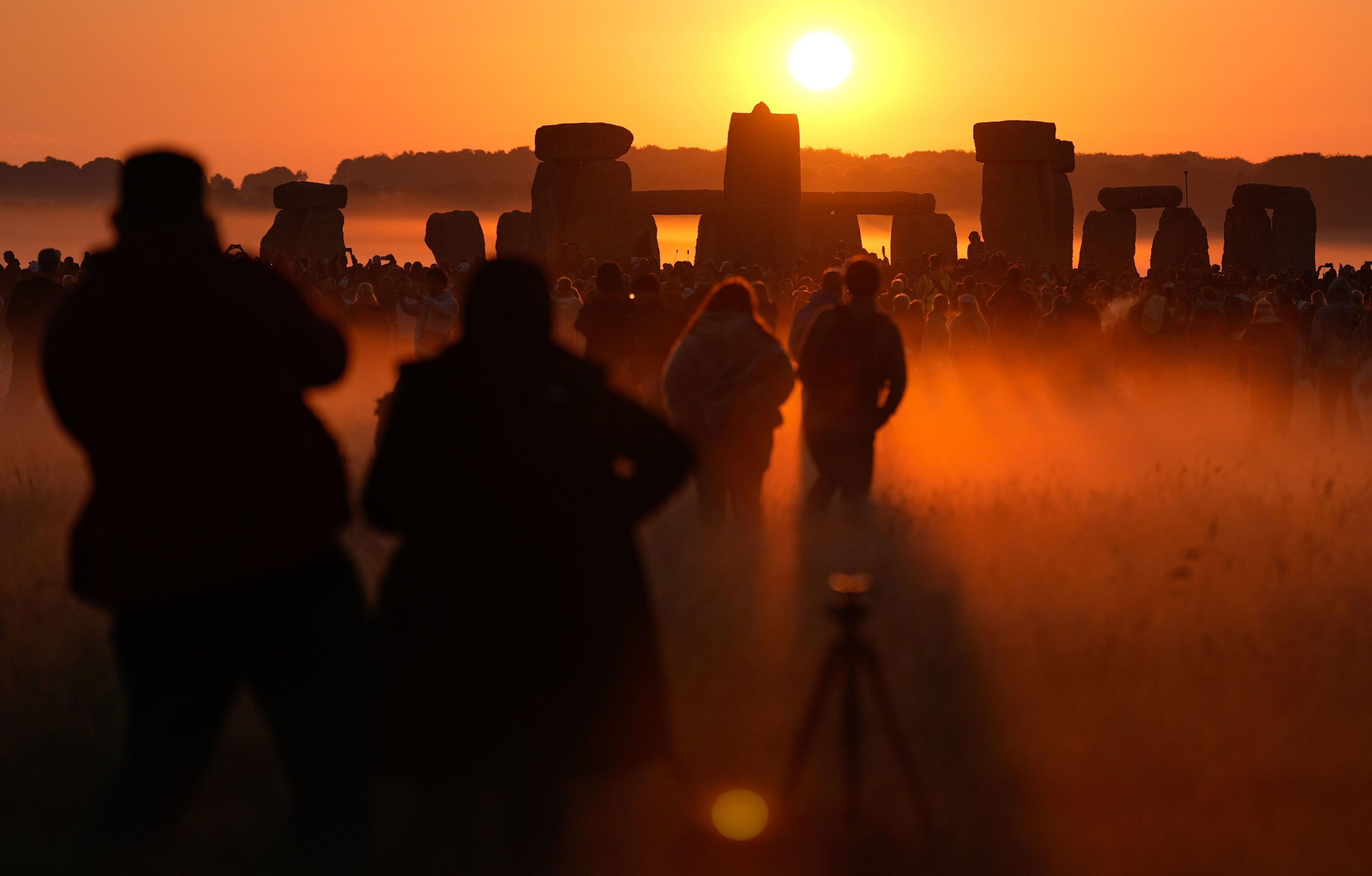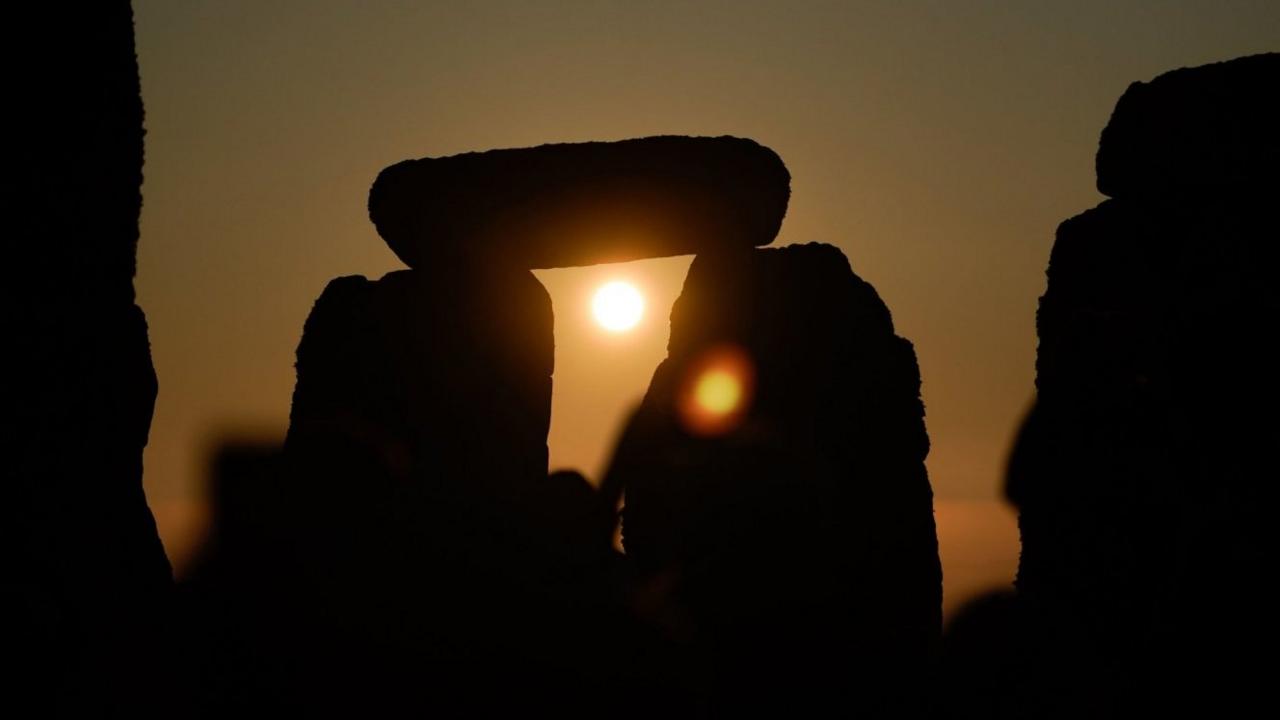What you need to know ahead of solstice celebrations
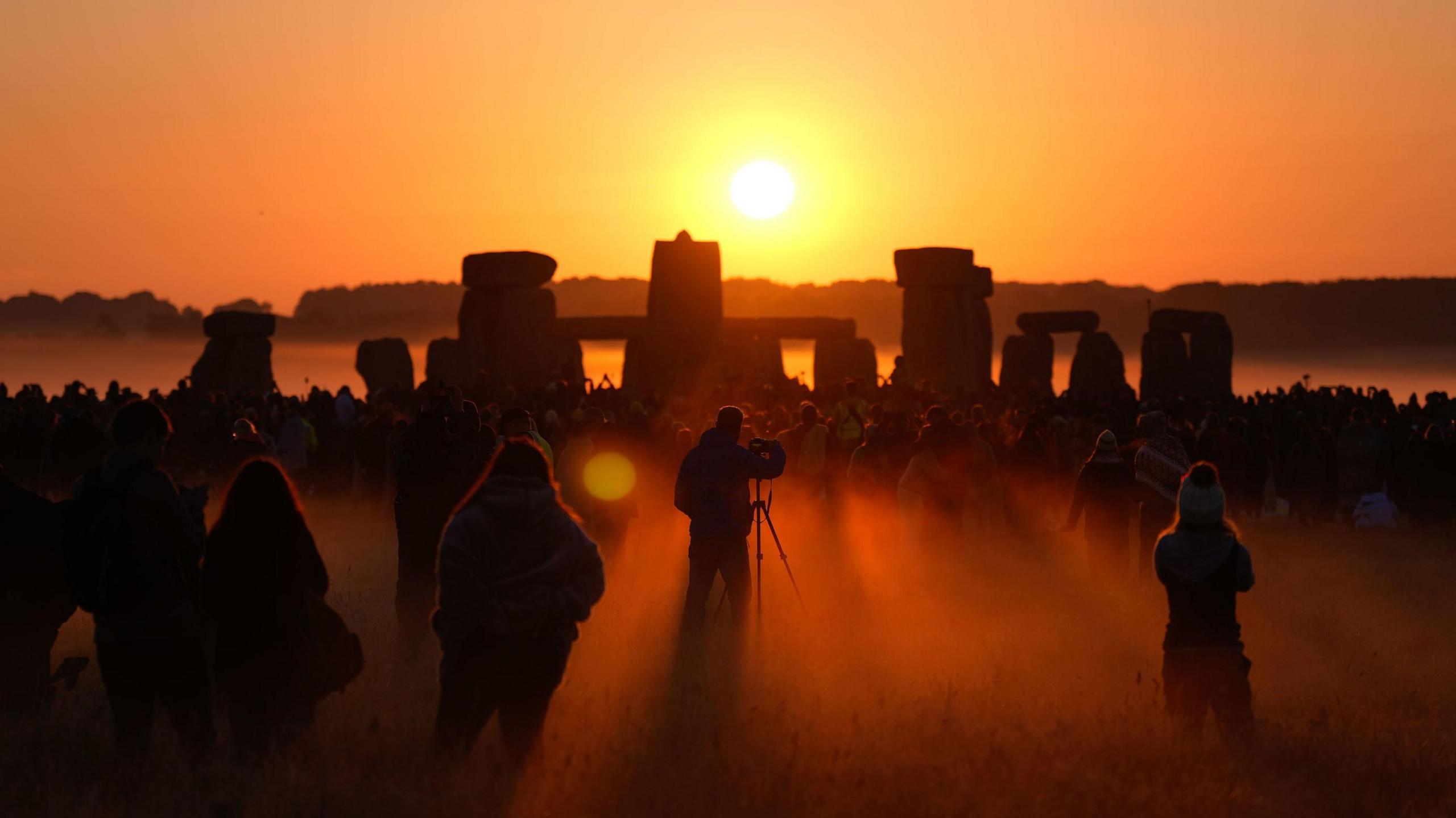
Thousands are set to descend on the ancient stone circle to witness the sunrise on the longest day of the year
- Published
Thousands of people are set to mark the summer solstice, which signifies the end of spring, and for many is a spiritual celebration at dawn.
Each year, people flock to Stonehenge in Wiltshire to witness the first rays of sunlight piercing through the ancient stone archways.
The design of the monument, built about 2500 BC, means that on summer solstice the sun rises behind its 'heel stone' and its first rays shine into the heart of Stonehenge.
This year the alignment will fall on 21 June at 04:51 BST.
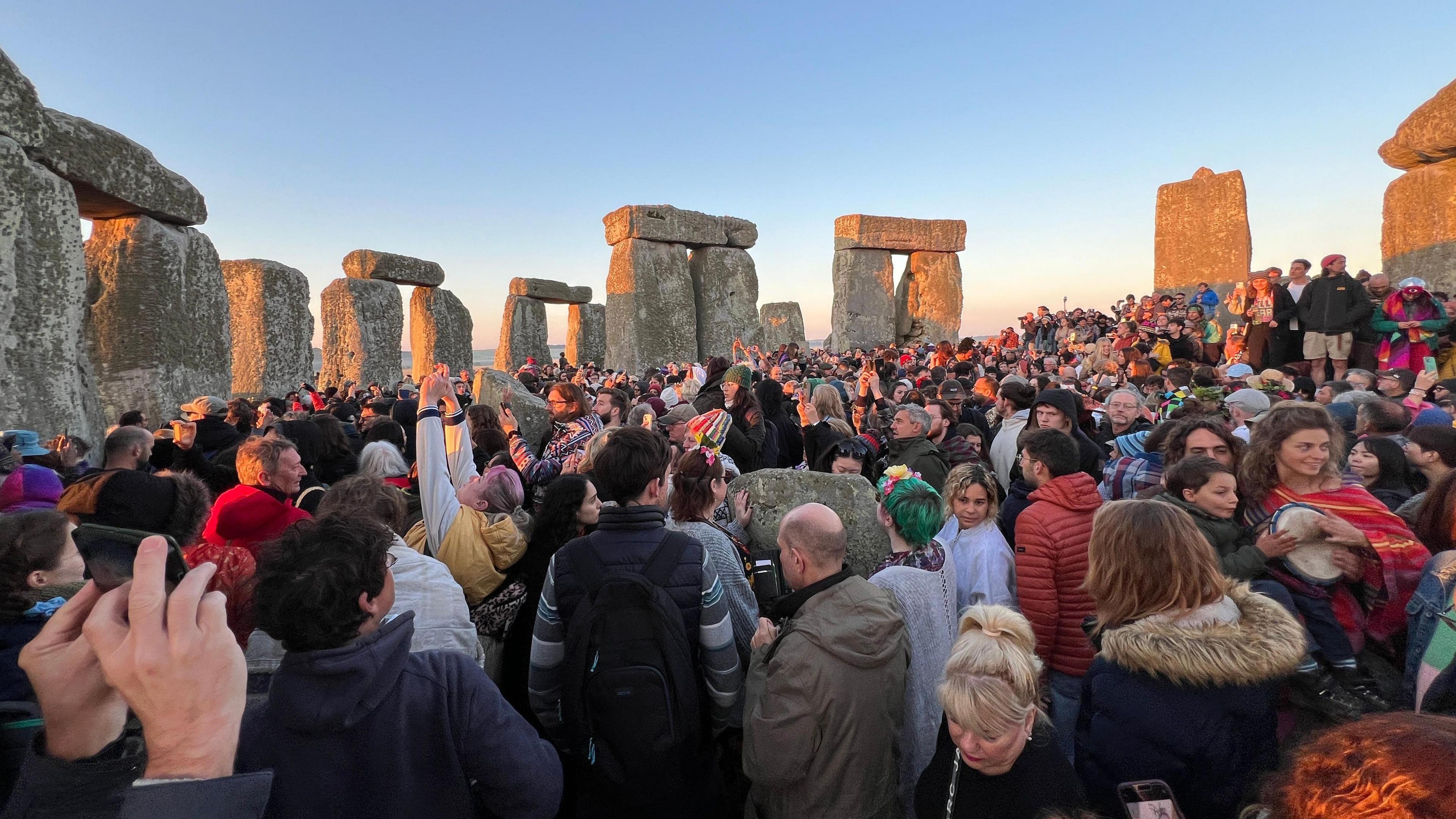
Some come to worship, and others just want to enjoy the atmosphere
What makes the solstice the longest day of the year?
The summer solstice occurs when the earth's northern hemisphere is most tilted towards the sun, making it appear at its highest point in the sky.
Without this tilt, there would be no seasons due to an equal amount of daylight all year.
It is the time of year when the position of the rising or setting sun stands still in its movement along the horizon.
The word solstice comes from the Latin words for sun (sol) and to stand (sistere).
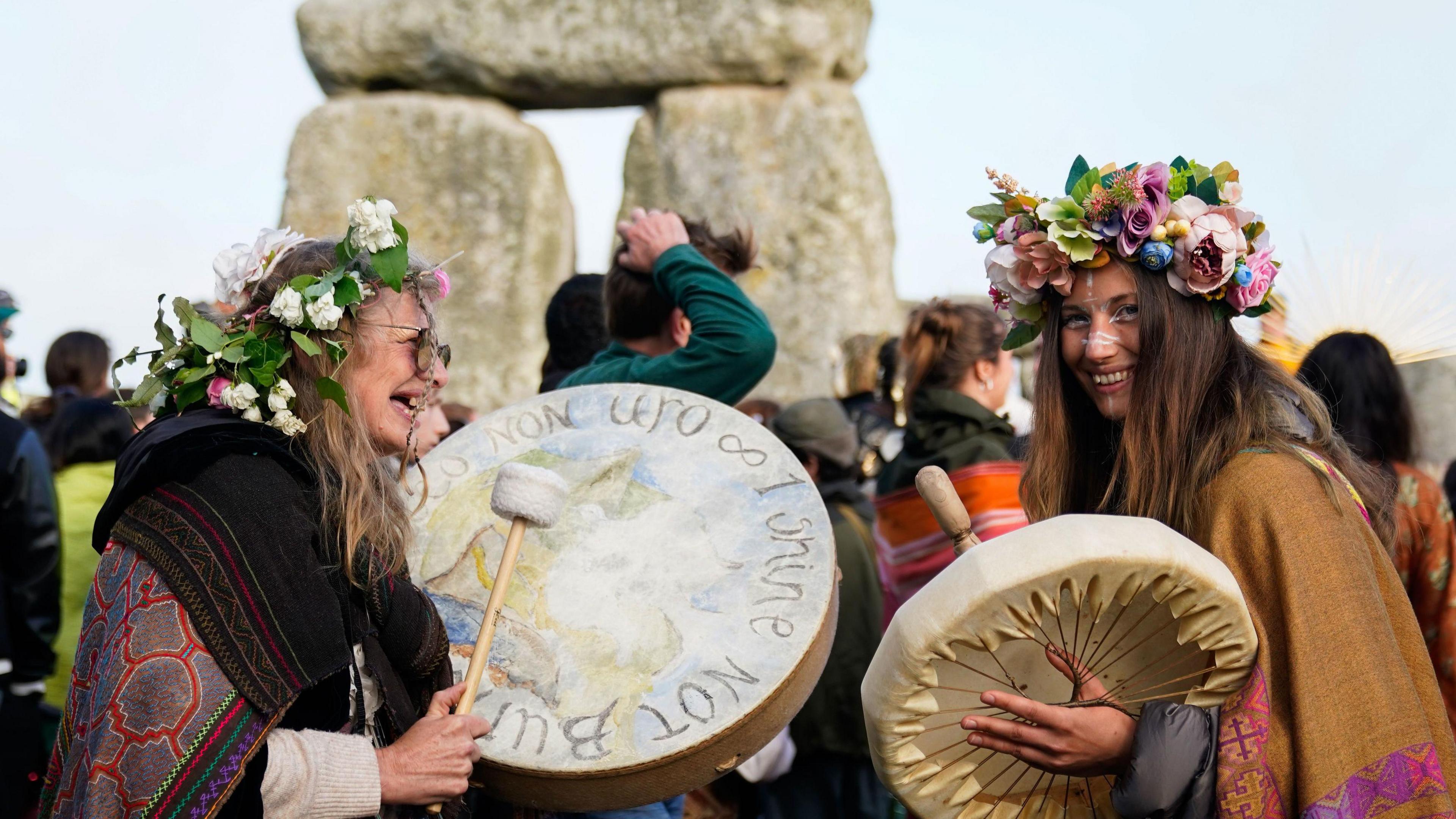
As the sun ascends, lots of people make wishes for the year ahead
How is the summer solstice celebrated?
Many people gather around the Stonehenge circle, which is believed to have been used as an important religious site by early Britons about 4,000 years ago.
According to English Heritage, it is likely worshippers conducted rituals and ceremonies relating to the changing seasons, the sun and the sky.
For Neolithic people, sunlight provided warmth for them and their animals and for helping crops to grow.
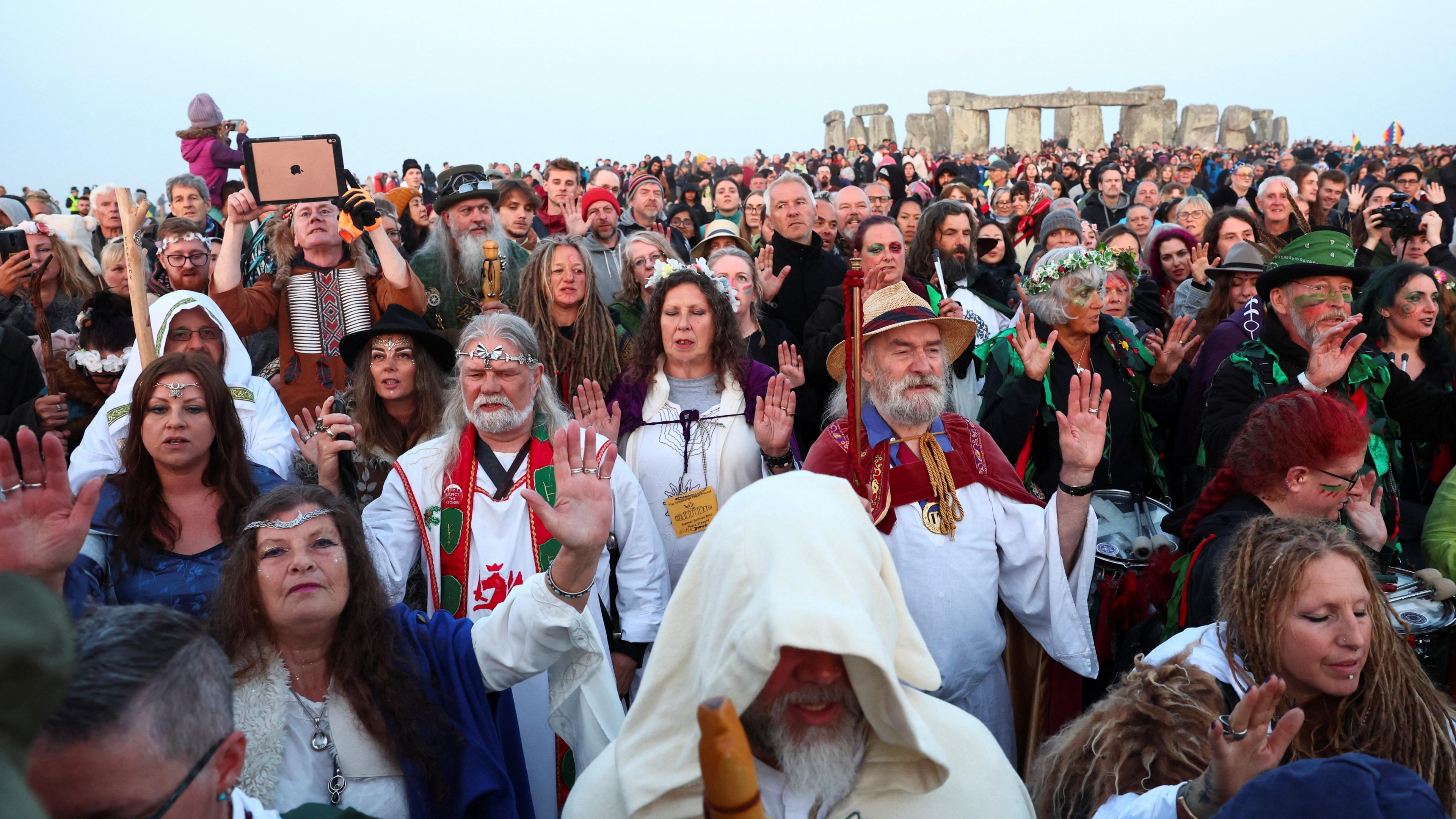
Druids and pagans joined a colourful mix of visitors
Today, people travel from around the world to witness this sacred alignment, and druid ceremonies are often performed with prayers, rituals and drums.
Visitors are also permitted to be closer to the stones on this special day, potentially even touching them.
How do I get there?
For people travelling by train, Salisbury station is 12 miles (19 kms) away.
Motorists have been warned that parking is very limited and visitors are advised to car share, English Heritage said.
Visitors are also encouraged to cycle to the site and there is designated bike spaces in the car park.
You can find out more about travel options here., external
What shall I bring?

Stonehenge's distinctive formation aligns to both the midsummer sunrise and the midwinter sunset
Visitors are urged to wear sensible footwear and bring lots of warm layers if they are staying at the site overnight.
Big umbrellas are not permitted, so a waterproof coat with a hat might be required.
People have also been asked not to wear hi-vis jackets as this can cause confusion with safety officials.
What else do I need to know?
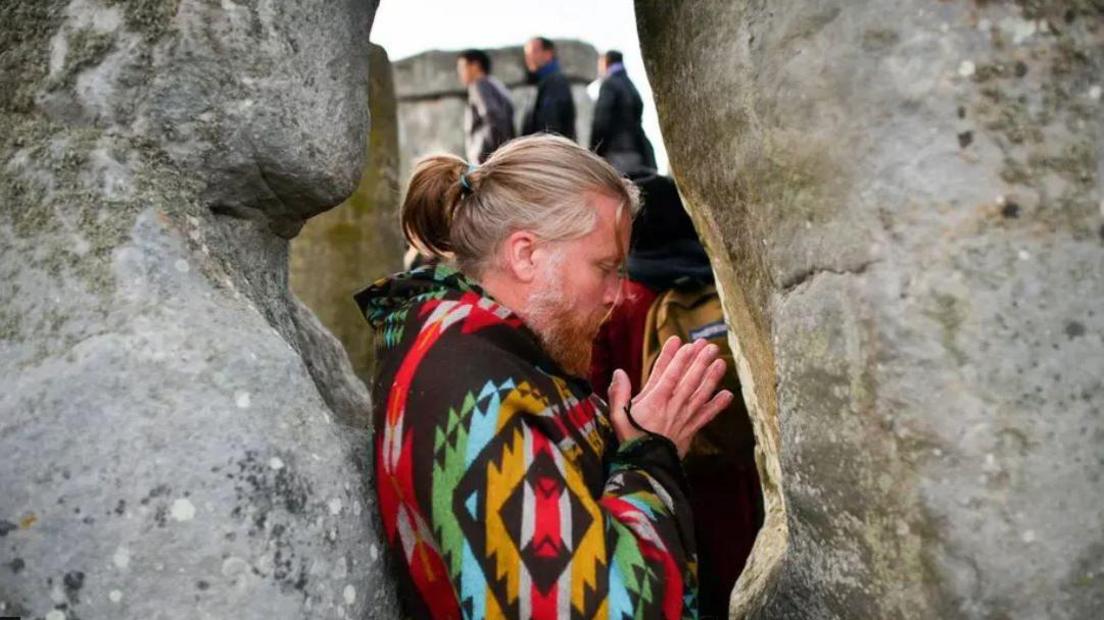
There will be 16 hours of daylight this week
Visitors have been urged to respect the site, which is viewed as sacred by many people around the world.
This includes not climbing on the stones and taking all your rubbish away with you.
As it is a world renowned historic monument, amplified music and alcohol are not allowed at Stonehenge, in the surrounding landscape or in the car park.
Drones or remote-controlled flying devices are also banned.
Get in touch
Tell us which stories we should cover in Wiltshire
Follow BBC Wiltshire on Facebook, external, X, external and Instagram, external. Send your story ideas to us on email or via WhatsApp on 0800 313 4630.
Related topics
- Published21 June 2024
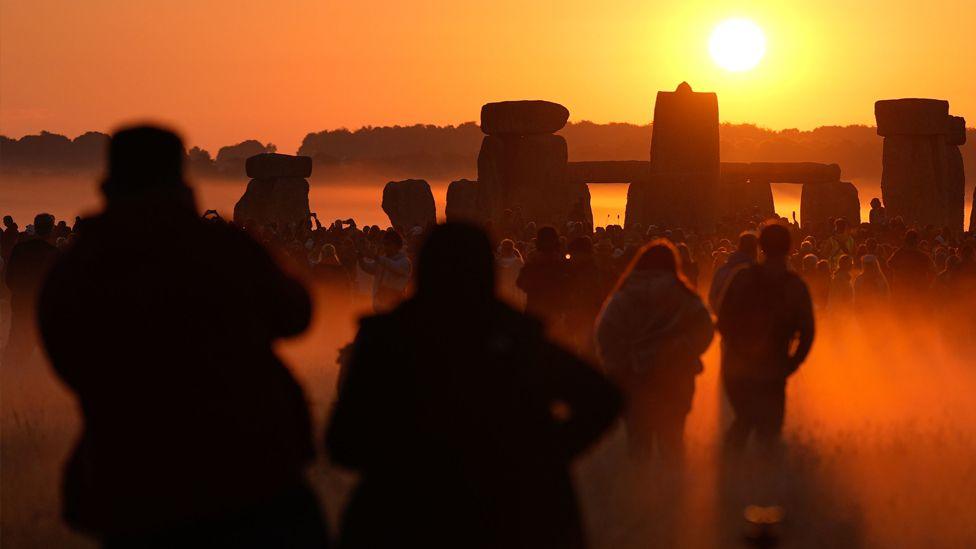
- Published21 June 2024
